A Grotto
_Renaud Perriches __cur. Elisa Rigoulet __Biennale de Belleville __9.10–16.10.14
press release
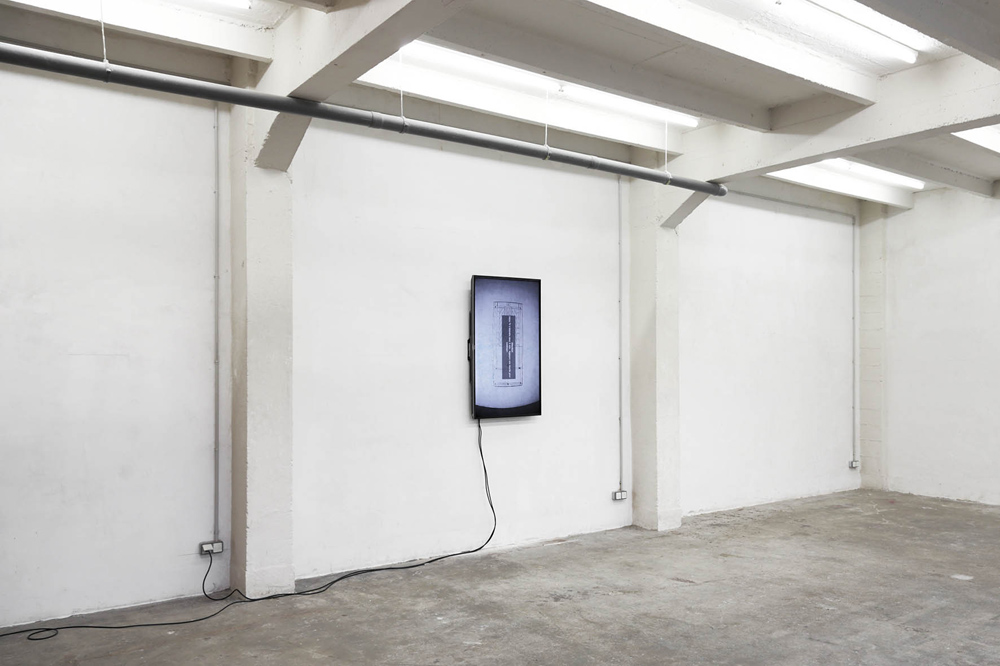
Renaud Perriches, A Grotto, 2014
Exhibition, Exo Exo, Paris
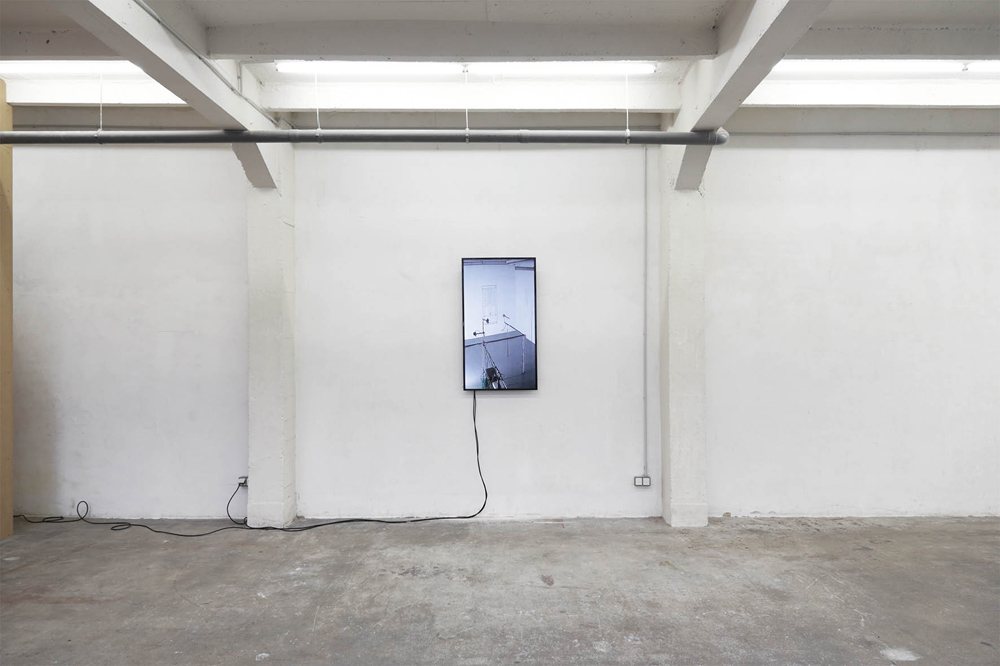
Renaud Perriches, A Grotto, 2014
Exhibition, Exo Exo, Paris
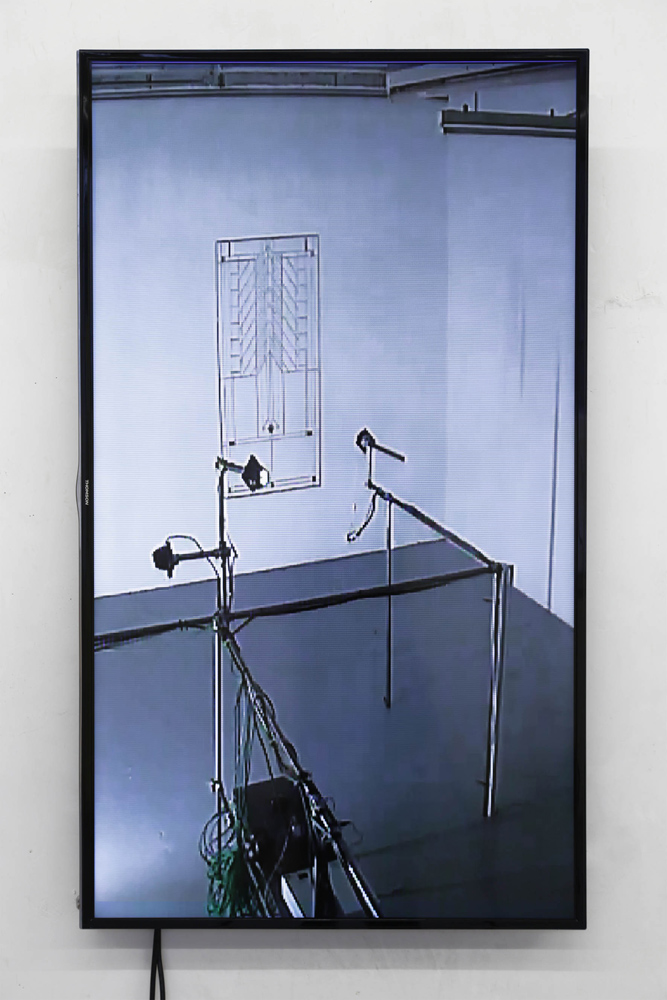
Renaud Perriches, A Grotto, 2014
Exhibition, Exo Exo, Paris
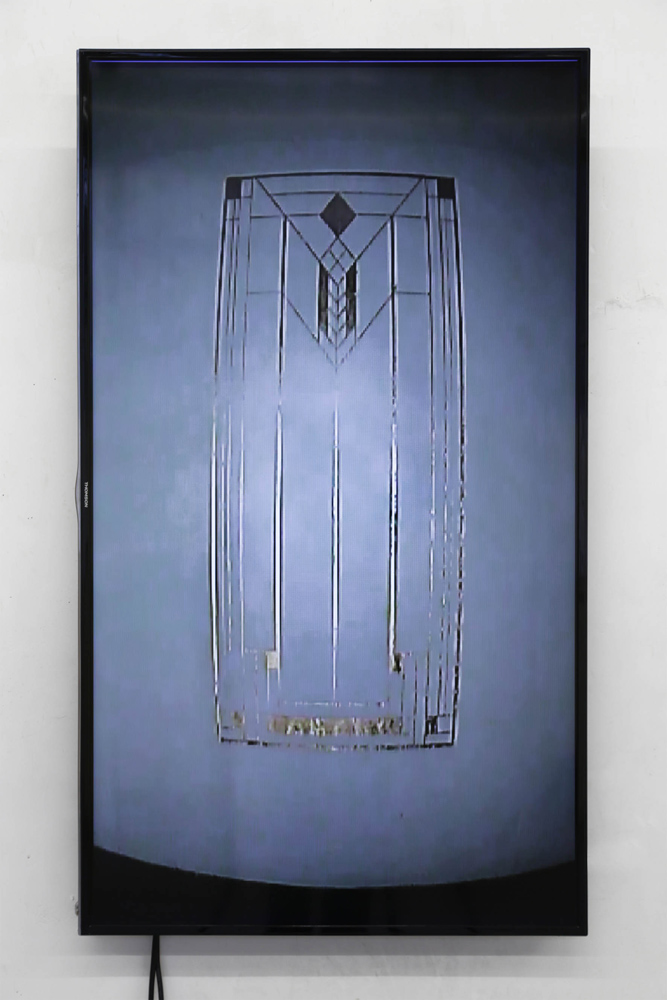
Renaud Perriches, A Grotto, 2014
Exhibition, Exo Exo, Paris
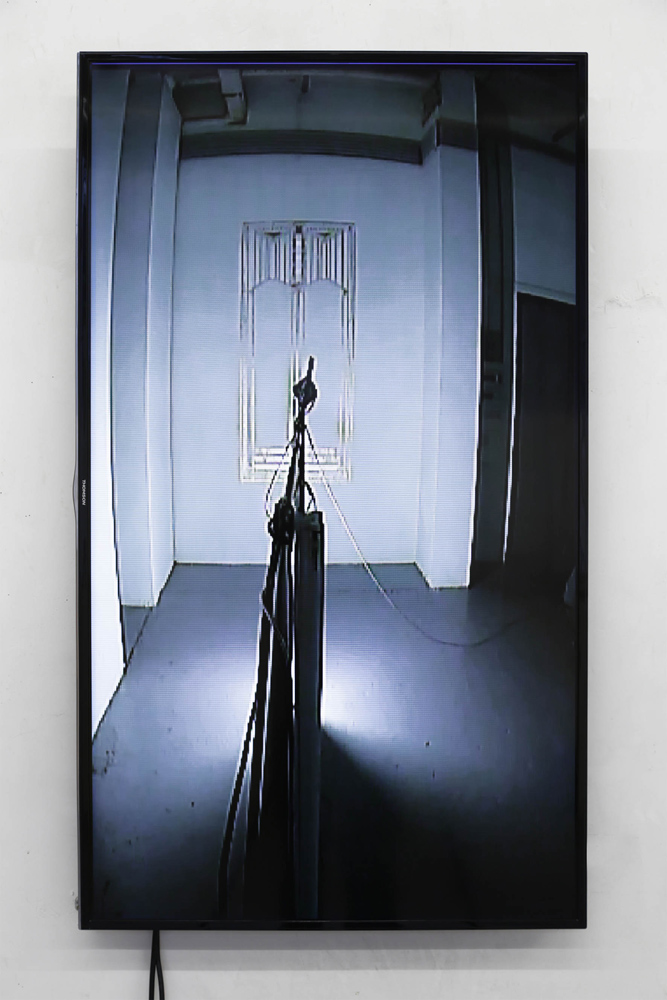
Renaud Perriches, A Grotto, 2014
Exhibition, Exo Exo, Paris
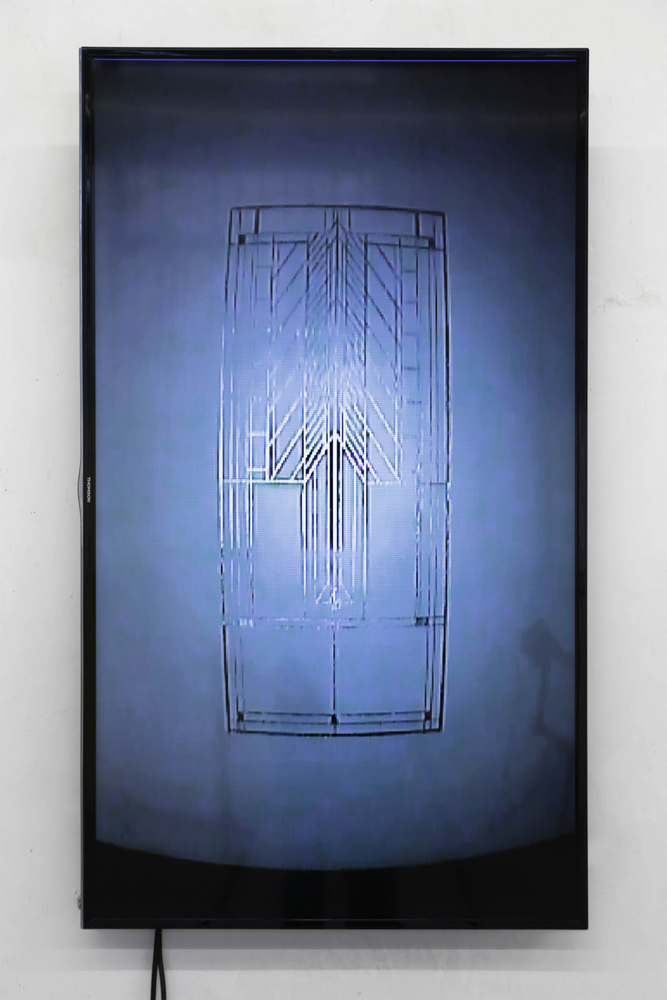
Renaud Perriches, A Grotto, 2014
Exhibition, Exo Exo, Paris
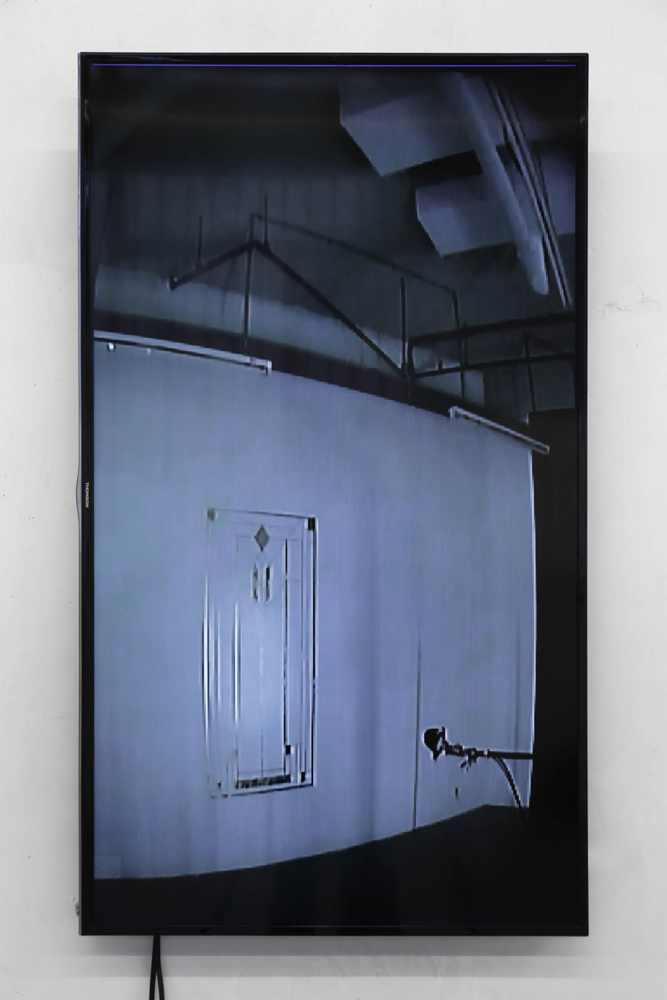
Renaud Perriches, A Grotto, 2014
Exhibition, Exo Exo, Paris
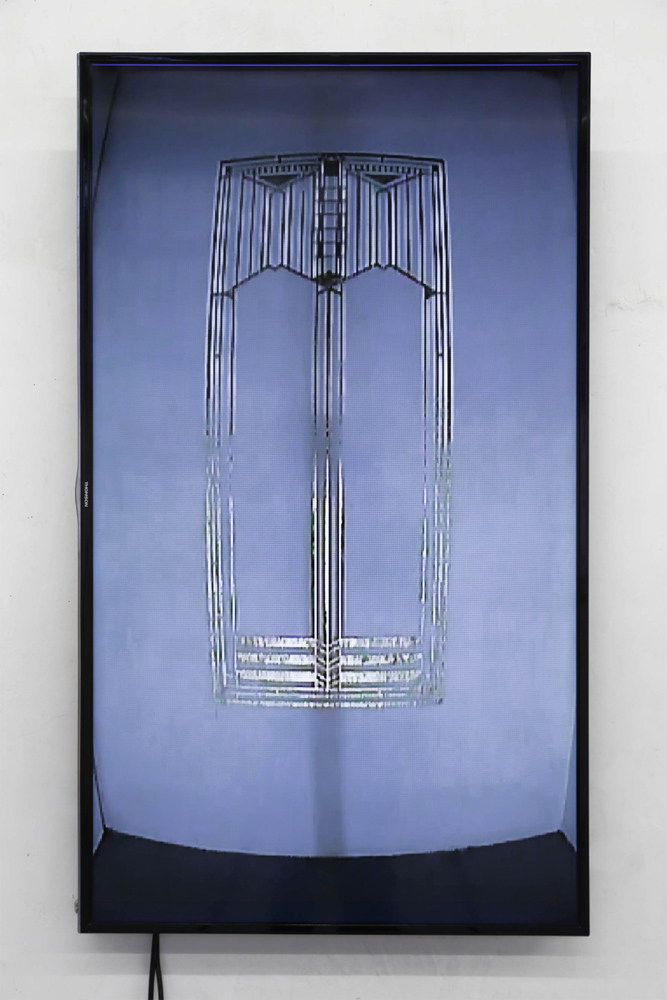
Renaud Perriches, A Grotto, 2014
Exhibition, Exo Exo, Paris
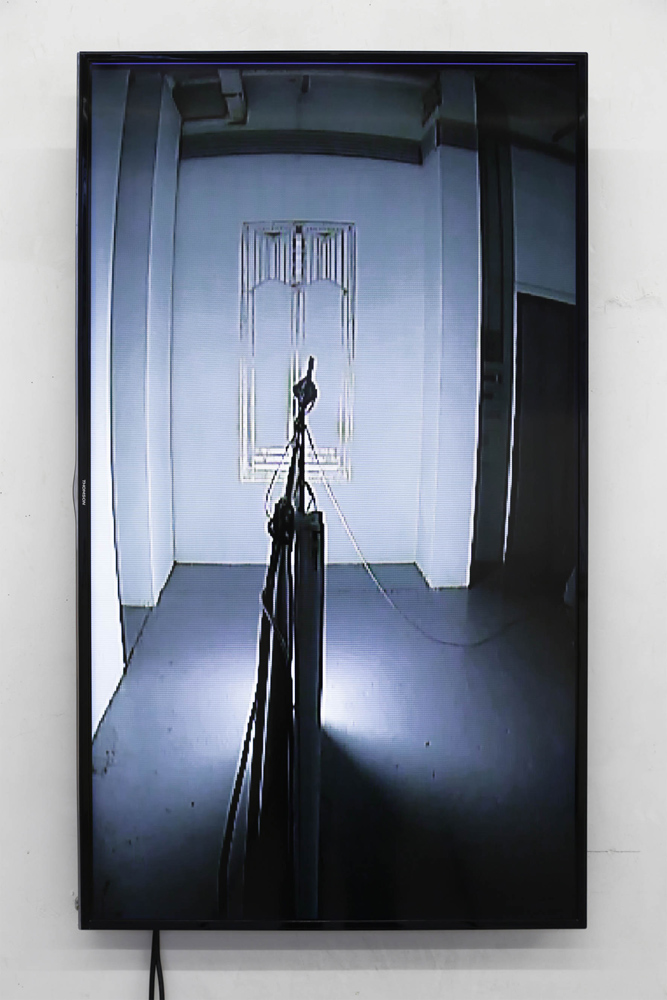
Renaud Perriches, A Grotto, 2014
Exhibition, Exo Exo, Paris

Renaud Perriches, A Grotto, 2014
Exhibition, Exo Exo, Paris
A Grotto is the promise of another place. A new space connected to the memory of forgotten parietal art that covers the walls of unknown caves. Upon the discovery of Chauvet Cave, scientists noticed very elaborate graphic techniques of drawn perspective and superimposed images creating an impression of movement. Today they attempt to re-enact this illusion through an anamorphic replica whose model strangely ressembles an extruded spiral shaped cave placed within a circle. This process held Renaud Perriches’ attention by its strangeness and the fantasy conveyed by this architectural duplication. A Grotto flirts with this idea of dichotomy, a desire of ubiquity, depicting a form of exhibition that is perpetually filmed, whose video channel is broadcasted live in the Belleville project space. The artist cleverly hijacks the physicality and ‘underground’ aesthetics of his studio and exhibition space, located in a Parisian basement. A Grotto becomes the vision of a window on the outside, through the projection of reality. Renaud Perriches arouses our curiosity by offering to show only the reflection of his pieces on a television screen. He also echoes the moving geometry of Chauvet by composing a gold leaf mural - between a rupestrian fresco and a baroque decor - referencing and re-interpreting Frank Lloyd Wright’s glass windows and other pre-modernist architects. This material reveals its capacity to reflect, just like graphite, copper, or polished metal, which regularly appear in his work. Here again, light plays with our certainties and overwhelmingly leads us to discover the cave of lost dreams.
Arlène Berceliot Courtin

 Renaud Perriches, A Grotto, 2014
Renaud Perriches, A Grotto, 2014 Renaud Perriches, A Grotto, 2014
Renaud Perriches, A Grotto, 2014 Renaud Perriches, A Grotto, 2014
Renaud Perriches, A Grotto, 2014 Renaud Perriches, A Grotto, 2014
Renaud Perriches, A Grotto, 2014 Renaud Perriches, A Grotto, 2014
Renaud Perriches, A Grotto, 2014 Renaud Perriches, A Grotto, 2014
Renaud Perriches, A Grotto, 2014 Renaud Perriches, A Grotto, 2014
Renaud Perriches, A Grotto, 2014 Renaud Perriches, A Grotto, 2014
Renaud Perriches, A Grotto, 2014 Renaud Perriches, A Grotto, 2014
Renaud Perriches, A Grotto, 2014 Renaud Perriches, A Grotto, 2014
Renaud Perriches, A Grotto, 2014